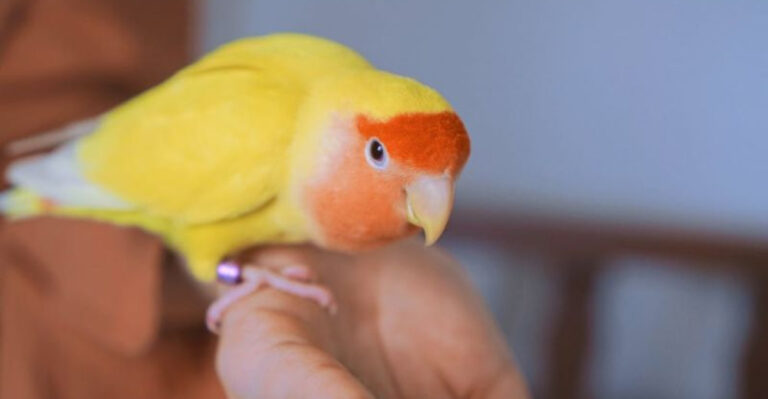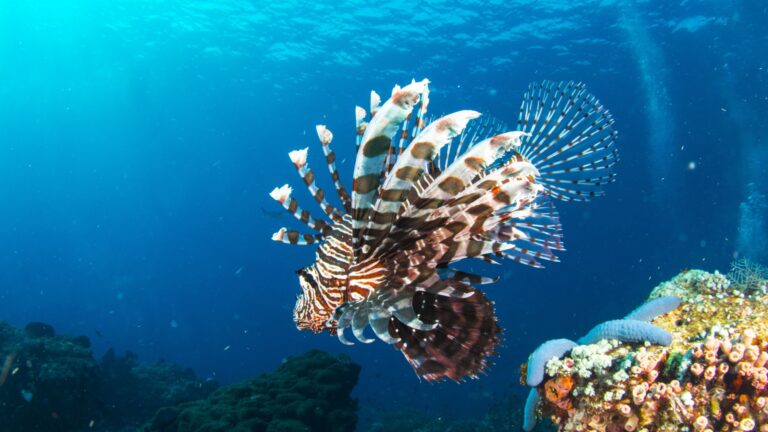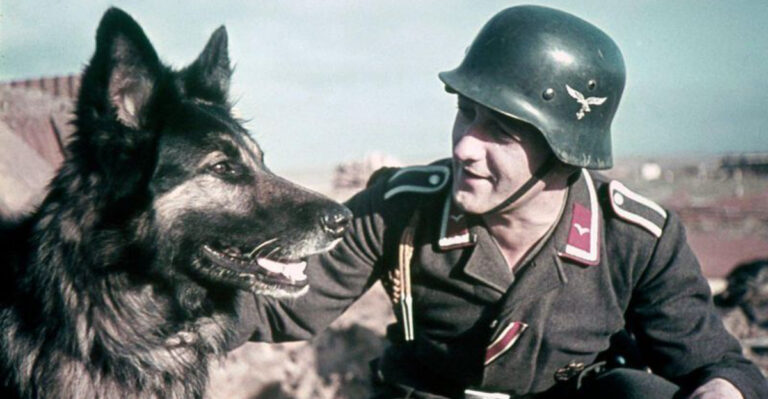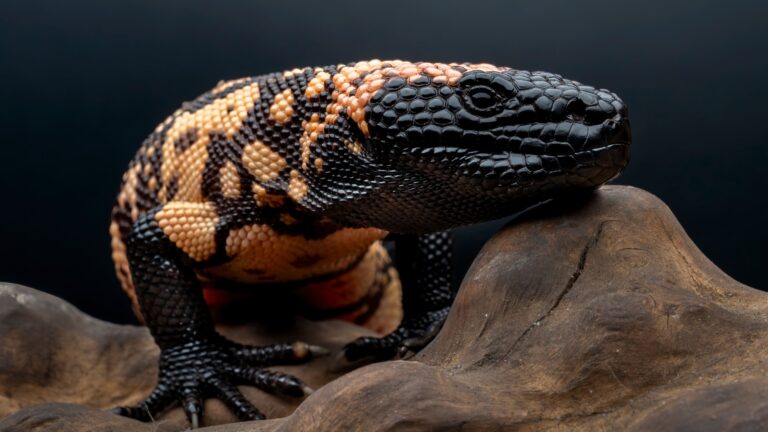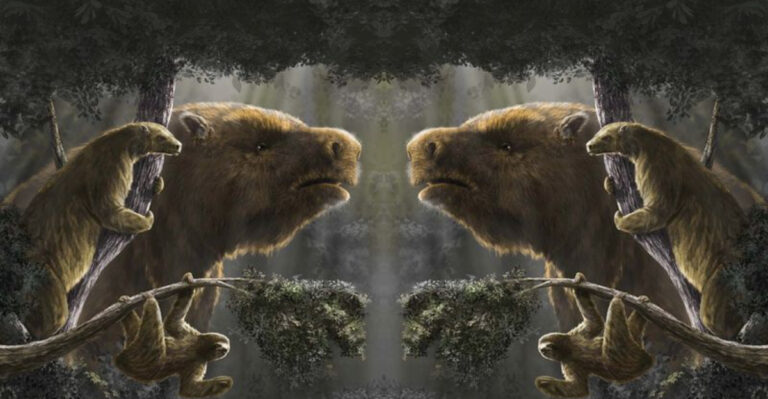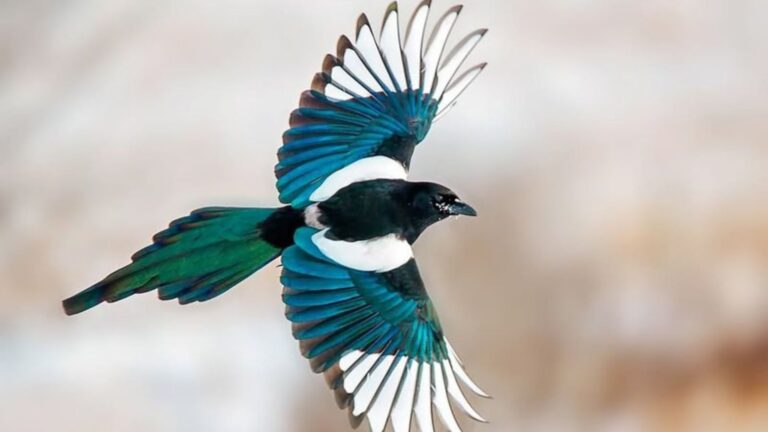Scientists Found 15 Animal Species Smarter Than Toddlers
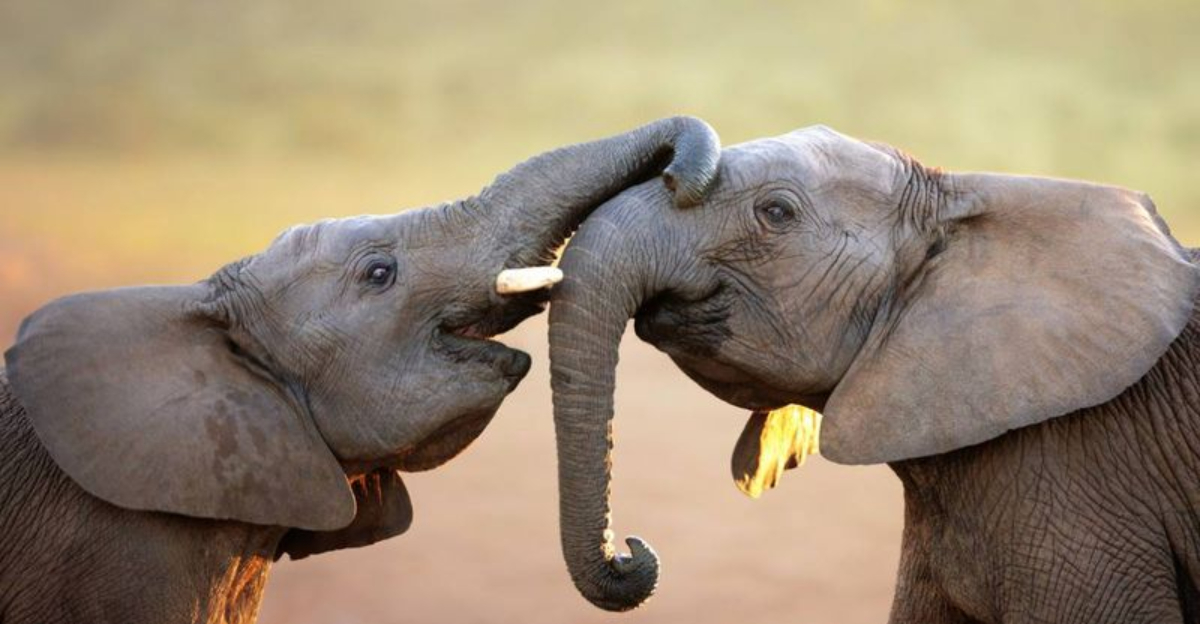
Ever wondered if animals can outthink your little ones? Recent studies reveal some surprising results about animal intelligence.
Scientists have discovered multiple species with problem-solving abilities, memory, and emotional intelligence that surpass those of human toddlers. These findings challenge our understanding of cognition and blur the lines between human and animal intelligence.
1. Bottlenose Dolphins: Ocean Einsteins
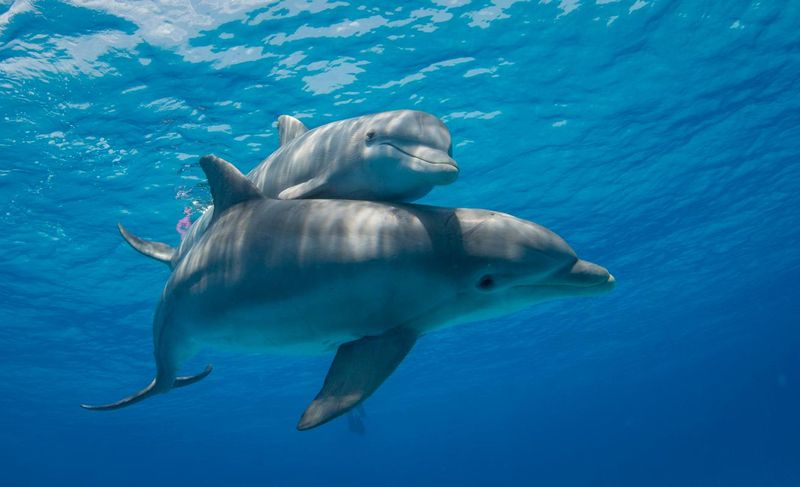
Bottlenose dolphins recognize themselves in mirrors, demonstrating self-awareness that most toddlers don’t develop until age two. Their brains process information faster than humans, allowing rapid decision-making underwater.
These marine mammals use unique whistles as name-like identifiers, effectively calling each other by name. They even solve puzzles designed for preschoolers with ease, showing remarkable pattern recognition skills.
2. Corvids: The Feathered Geniuses
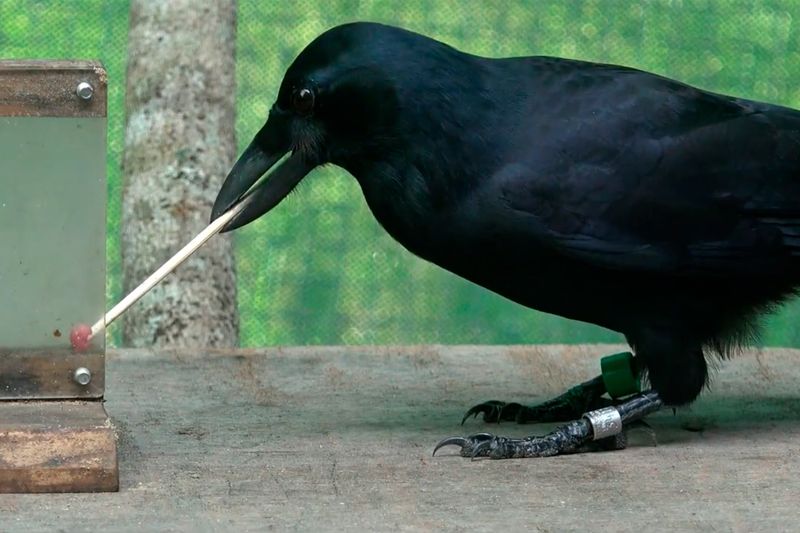
Ravens, crows, and jays outsmart toddlers in tool creation and causal reasoning. They fashion hooks from wire to retrieve food and understand water displacement better than most four-year-olds.
Remarkably, corvids remember human faces for years and pass this knowledge to their offspring. A crow never forgets! They’ve been observed holding ‘funerals’ for dead companions, suggesting complex emotional processing beyond what young children comprehend.
3. Octopuses: Eight-Armed Problem Solvers
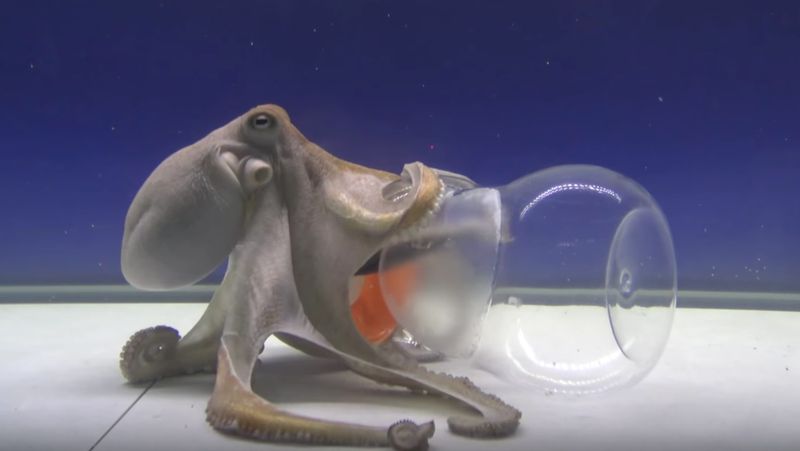
Jar-opening octopuses make childproof containers look silly. These cephalopods solve complex mazes and remember solutions for months, while toddlers typically forget instructions within minutes.
Each arm contains its own mini-brain, allowing independent problem-solving with multiple limbs simultaneously. Octopuses have escaped aquariums by unscrewing tank lids from the inside and squeezing through tiny openings—a spatial reasoning feat beyond most young children.
4. Border Collies: The Canine Vocabularians
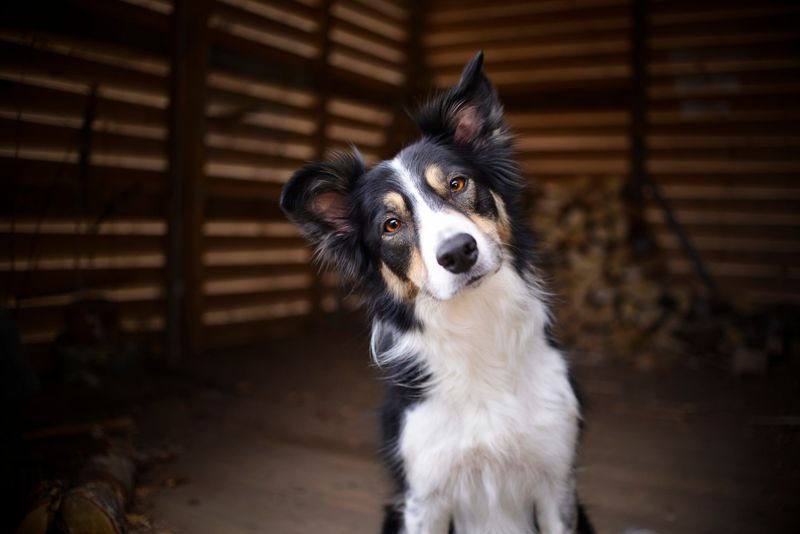
Border collies understand over 1,000 words—more than double what average toddlers comprehend. The smartest dogs learn new toy names after hearing them just once, while children typically need multiple repetitions.
Chaser, a famous border collie, recognized 1,022 objects by name and could follow complex three-step instructions. These dogs excel at inferential reasoning too, figuring out which toy is ‘new’ by eliminating familiar objects—logic that stumps many preschoolers.
5. Pigs: Underestimated Barnyard Brainboxes
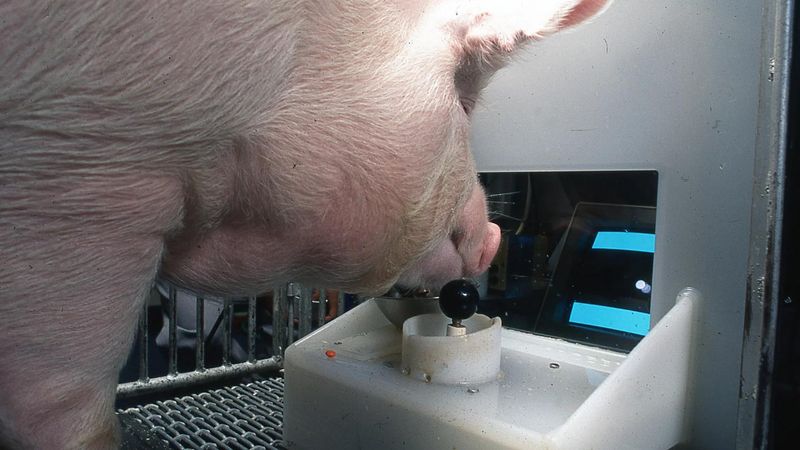
Pigs master video games with joysticks faster than 3-year-olds. Their problem-solving abilities rival those of chimpanzees, our closest relatives!
Farmers know pigs quickly learn how gates work and devise escape methods. They recognize themselves in mirrors—a self-awareness milestone toddlers reach around 18 months. These sociable animals remember other pigs for years and form complex social hierarchies that mirror playground politics.
6. Great Apes: Our Intellectual Cousins
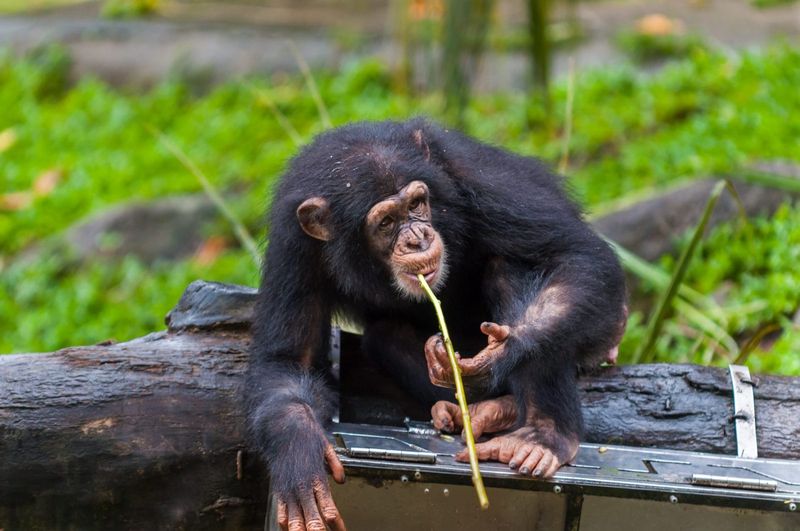
Chimpanzees, bonobos, gorillas, and orangutans surpass toddlers in strategic thinking and tool improvisation. They create tools for specific purposes—something children typically master after age four.
Koko the gorilla famously learned over 1,000 signs in American Sign Language and understood 2,000 spoken English words. Great apes also excel at deception, deliberately misleading others to gain advantage—a sophisticated cognitive skill that develops in humans around age four.
7. African Grey Parrots: Feathered Conversationalists

Alex, a famous African Grey, mastered over 100 words and understood concepts like “same” and “different” better than most toddlers. These birds grasp simple arithmetic, accurately adding small numbers together.
African Greys show remarkable inferential reasoning, figuring out object properties without direct experience. They also display emotional intelligence by comforting distressed companions. Their ability to categorize objects by color, shape, and material outpaces that of many preschoolers.
8. Raccoons: The Masked Masterminds

Raccoons crack complex locks in under 10 minutes—puzzles that baffle many preschoolers for hours. Their incredible tactile sensitivity combined with problem-solving skills makes them natural escape artists.
These bandits remember solutions to problems for up to three years. Urban raccoons have developed specialized skills for navigating human environments, learning which trash cans offer easy access. They pass this knowledge to their young, creating cultural learning traditions similar to human societies.
9. Rats: Tiny Rodents With Mighty Minds
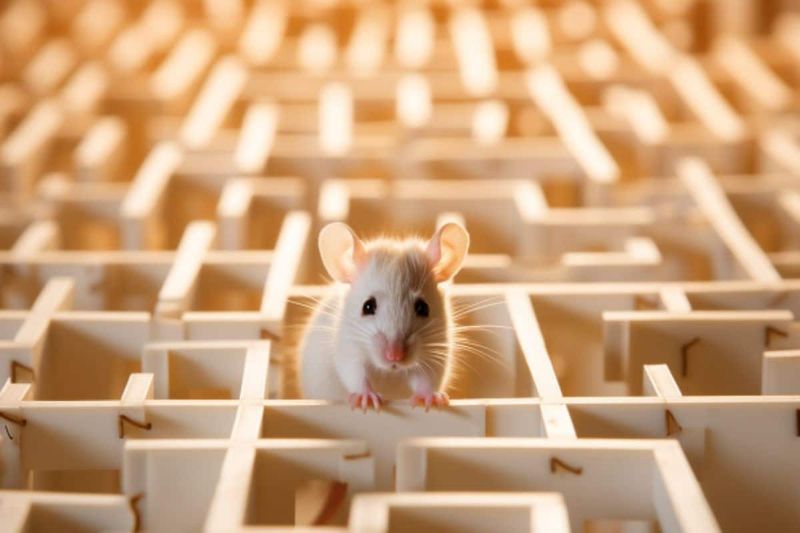
Laboratory rats navigate mazes more efficiently than toddlers tackle simple puzzles. They demonstrate metacognition—awareness of their own knowledge limits—something children develop around age 4.
Rats show empathy by freeing trapped companions before claiming food rewards for themselves. They laugh when tickled and play games just for fun. Their ability to recognize patterns and adapt to changing rules in experiments often exceeds that of young children.
10. New Caledonian Crows: Nature’s Craftsmen

New Caledonian crows craft specialized tools with remarkable precision. They bend wire into hooks to retrieve food – a feat most children can’t accomplish until age eight.
These birds understand water displacement principles, dropping stones into water to raise levels and access floating food. They solve multi-step problems requiring planning three moves ahead. Their tool-making skills involve shaping different materials for specific purposes, showing causal understanding beyond most preschoolers.
11. Sea Lions: Logical Marine Mammals

Sea lions grasp transitive logic – if A>B and B>C, then A>C—a concept many children struggle with until age 7. Rio, a famous sea lion, mastered categorical reasoning typically not seen in humans until elementary school.
These animals learn human gestures without specific training, showing intuitive understanding of intentions. They remember complex sequences of behaviors for years without practice. Their ability to generalize rules across different situations demonstrates flexible thinking that surpasses rigid toddler logic.
12. Bees: Collective Intelligence Powerhouses
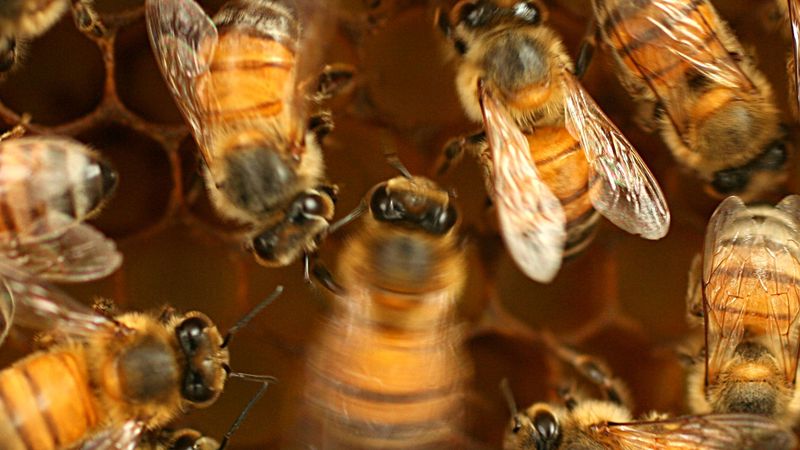
Honeybees solve the traveling salesman problem—finding the shortest route between multiple points—more efficiently than most adults, let alone toddlers. They communicate complex spatial information through dance language.
Individual bees recognize human faces despite having brains smaller than rice grains. Colonies make democratic decisions through consensus-building that resembles voting. They can understand the concept of zero and perform simple addition and subtraction, outperforming children under four.
13. Squirrels: Memory Champions
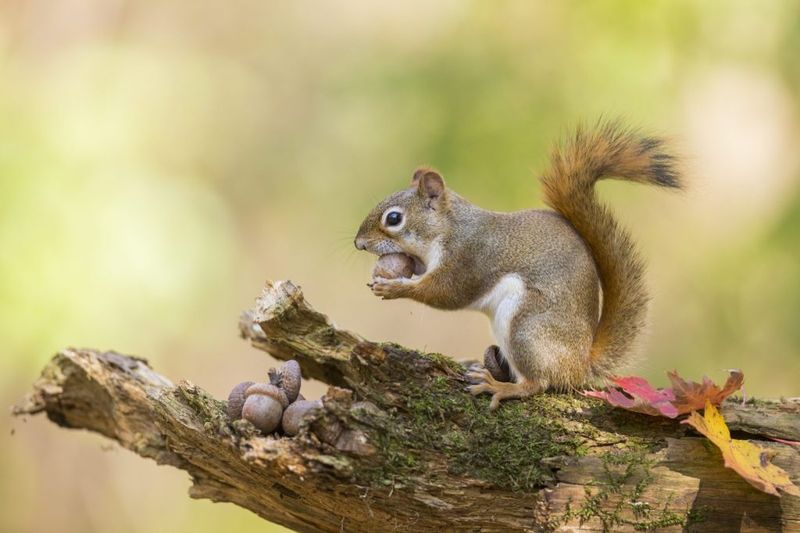
Squirrels remember thousands of nut hiding locations, outperforming toddlers who still need help finding their shoes. They create elaborate fake-burying displays to trick potential thieves—a form of tactical deception beyond most children’s capabilities.
These bushy-tailed creatures sort their nuts by type, size, and nutritional value, demonstrating categorization skills. They adapt quickly to complex obstacles in urban environments, learning patterns of human behavior to maximize foraging success while minimizing risk—strategic thinking that exceeds preschooler abilities.
14. Elephants: Gentle Giants With Brilliant Minds
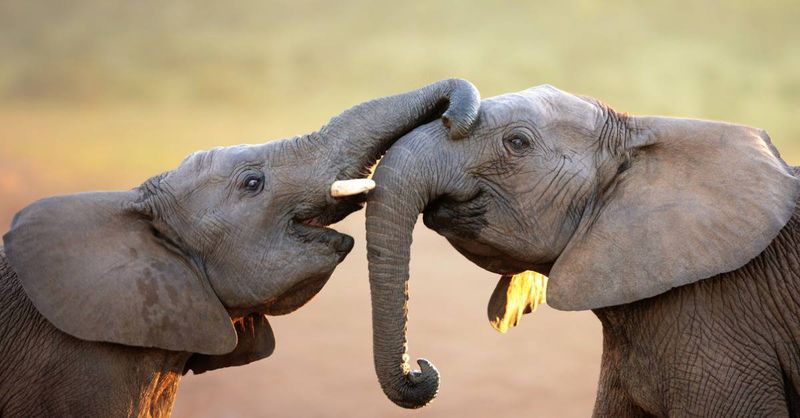
Elephants grasp the concept of cooperation faster than toddlers, understanding that teamwork solves problems individual effort cannot. Their brains contain three times more neurons than humans!
These magnificent creatures recognize themselves in mirrors and show empathy by comforting distressed herd members. They remember migration routes spanning hundreds of miles for decades, outperforming children who still need reminders about where they left their toys.
15. Goats: Unexpected Puzzle Masters
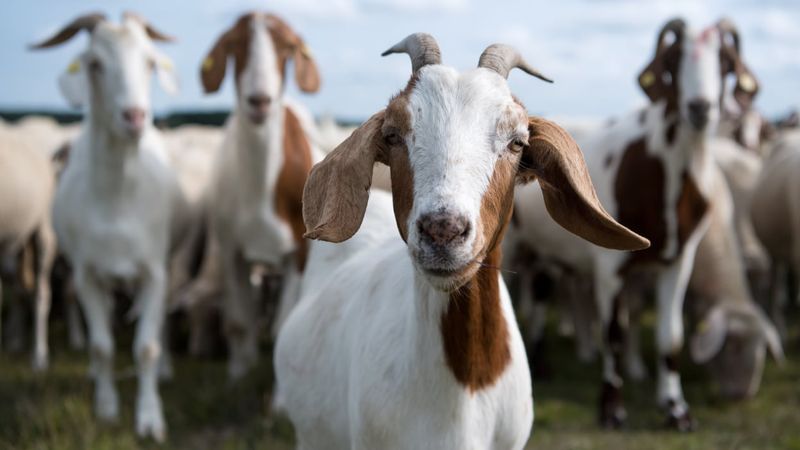
Goats solve complex food puzzles faster than toddlers figure out simple shape sorters. They remember puzzle solutions for over a year without practice—impressive long-term memory that exceeds many preschoolers.
Research shows goats can understand human pointing gestures and facial expressions, adapting their behavior accordingly. They form strong social bonds and recognize herd members’ faces for years. Their ability to navigate complex terrain and remember safe paths demonstrates spatial reasoning that outshines the directional awareness of young children.

